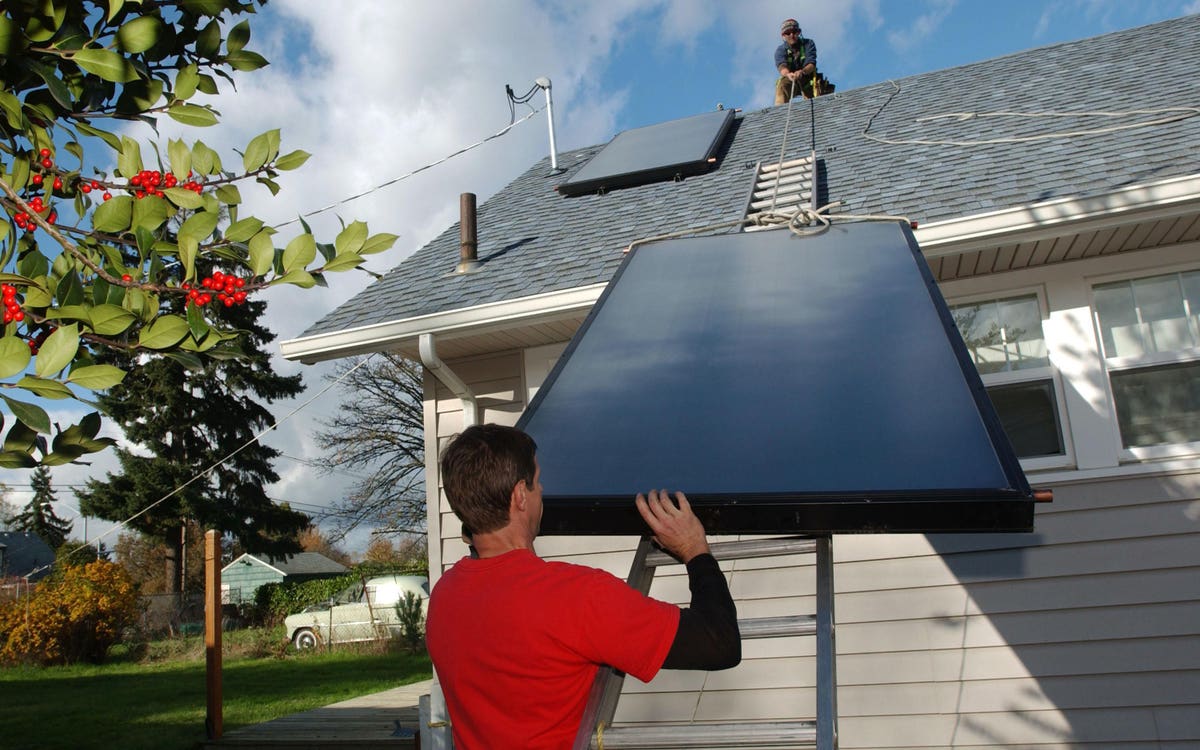Although it’s well past tax filing time for most taxpayers, there are still multiple home energy tax credits available for next year’s tax return.
Uncle Sam is giving you a break for buying energy-efficient appliances and installing solar panels. But you need to pay attention when you’re making purchases. Save your receipts and put them in your tax file.
Whether you’re doing home improvements or just want to save on energy bills and cut your carbon footprint, there are myriad ways to save. Here’s a hot list from the IRS on how you can claim tax credits:
Taxpayers can claim the Energy Efficient Home Improvement Credit only for improvements, additions or renovations to an existing home. It doesn’t apply to newly constructed homes. Qualifying costs may include:
- Exterior doors, windows, skylights and insulation materials.
- Central air conditioners, water heaters, furnaces, boilers and heat pumps.
- Biomass stoves and boilers.
- Home energy audits.
Note: The amount of the credit taxpayers can take is a percentage of the total improvement expenses in the year of installation: For 2023 through 2032: 30%, up to a maximum of $1,200 annually. Biomass stoves and boilers have a separate annual credit limit of $2,000 annually with no lifetime limit.
Taxpayers can also claim the Residential Clean Energy Credit for qualifying costs for either an existing home or a newly constructed home. Qualifying costs may include:
- Solar, wind and geothermal power generation equipment.
- Solar water heaters.
- Fuel cells.
- Battery storage.
The amount of the credit taxpayers can take is a percentage of the total improvement expenses in the year of installation:
- 2022 to 2032: 30%, no annual maximum or lifetime limit.
- 2033: 26%, no annual maximum or lifetime limit.
- 2034: 22%, no annual maximum or lifetime limit.
To claim these credits, taxpayers should file Form 5695, Residential Energy Credits, with their tax return.
Read the full article here




